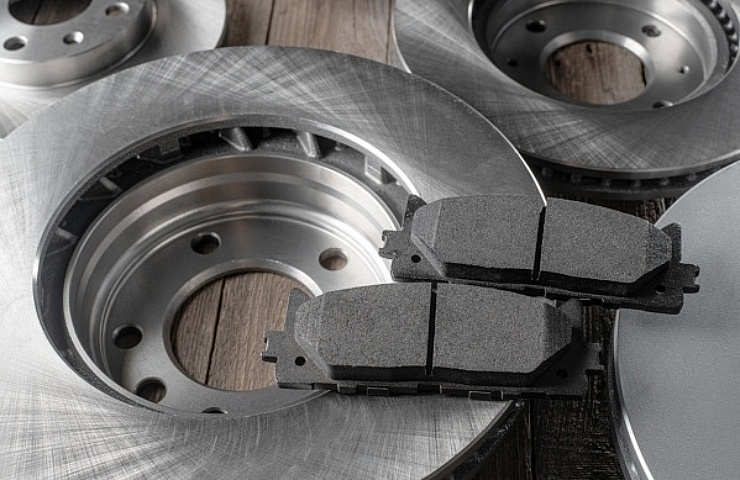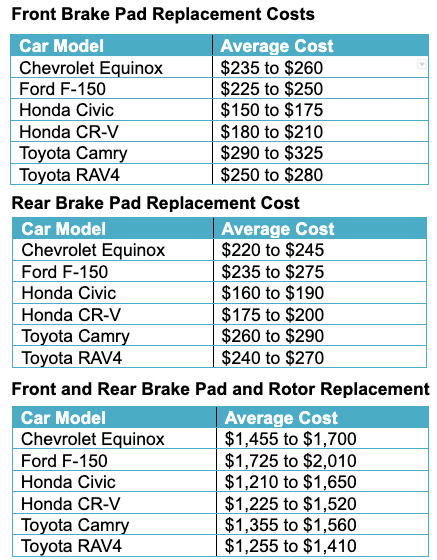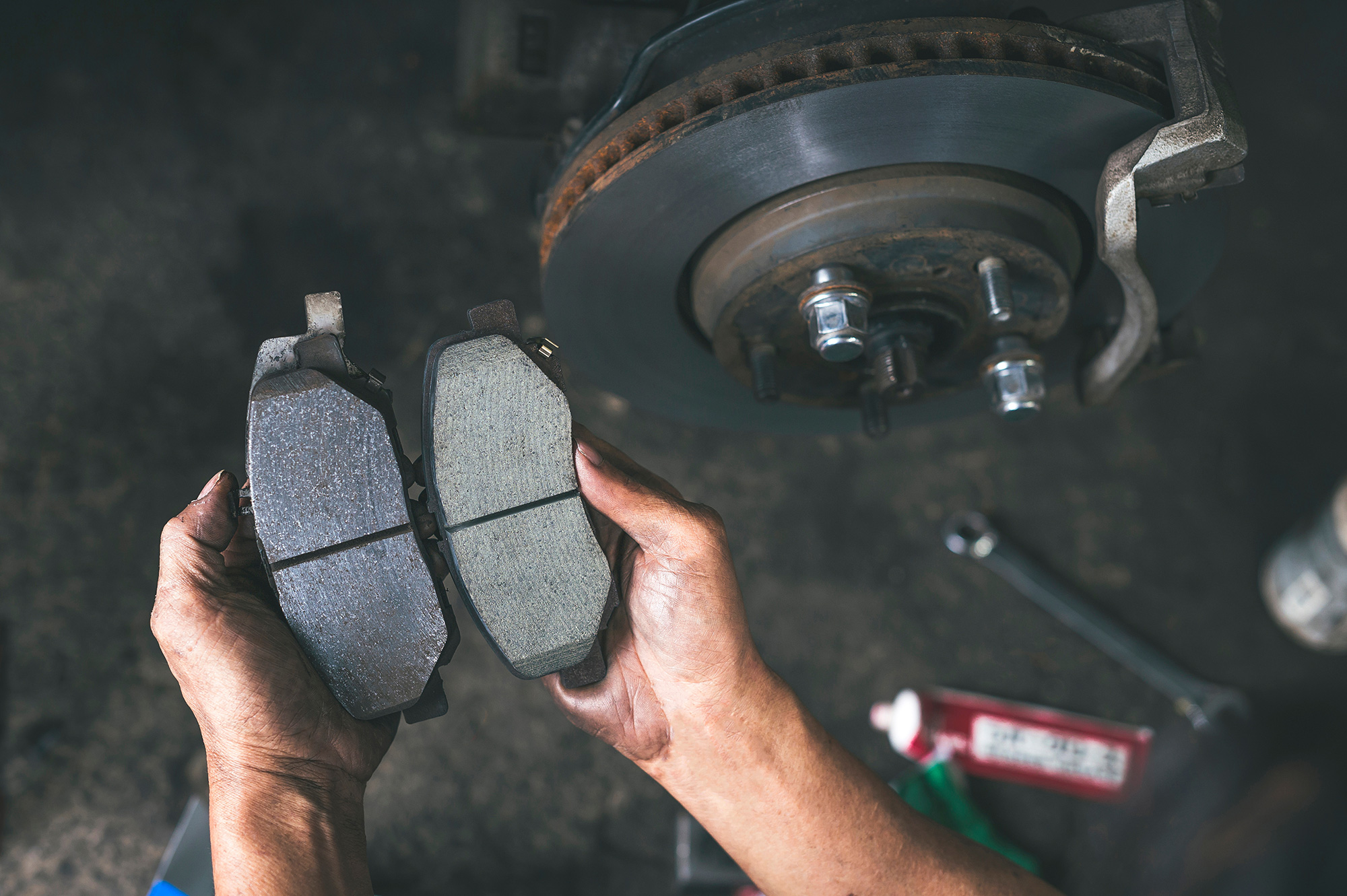Contents
However, you don’t always need to replace the brake rotors at the same time as the pads. If you only replace the pads, you may spend $150 to $300 per axle. If you prefer to do it yourself, the cost goes down even more, averaging $35 to $175 per axle.
Cost Factors for Brake Pad and Rotor Replacement
It’s difficult to determine the cost of brake pad and rotor replacement without considering a few factors. These aspects change the cost.
- Make/model: The type of vehicle you drive changes the price. Larger trucks tend to cost more than compact cars. Additionally, a luxury or European model can cost more because of the expense of the parts.
- Material: Brakes are available in various types, such as organic, semi-metallic, and ceramic. Typically, ceramic is the most expensive of the three.
- Aftermarket vs. OEM: If you visit a dealership for brake pad replacement, you will pay more for OEM parts. Aftermarket parts can be much cheaper but can also end up costing more if you choose performance brakes.
- Front/rear: You don’t always have to replace all four brakes at once. You may be able to get just the front or rear brakes changed. This way, you spread out the cost over time.
- DIY vs. professional: If you change the brakes on your own, you can save money on labor. The price is variable even if you choose to visit a repair shop. On average, dealerships tend to charge the highest labor rates, but you may also pay a premium if you visit a specialized mechanic, such as one that works only on BMWs.
Let’s look at a few estimates by vehicle model based on multiple web sources.
Do Brake Pads and Rotors Have to Be Replaced at the Same Time?
It’s not always necessary to replace the rotors when you change the pads. Rotor replacement happens less frequently, depending on your driving conditions and the material quality.
If you notice warped or damaged rotors, it’s best to replace them simultaneously. Sometimes, the rotors can be resurfaced for a fraction of the cost, as long as there’s enough material thickness remaining.
Brake pads are sold in pairs. You purchase the front and rear brake pads separately or get an entire set at once. Either way, you should always replace brake pads across the entire axle.
Shop now for brake partsHow Often Do I Need to Replace Pads and Rotors?
There’s no set mileage requirement for changing brakes. You may have to change the brake pads as early as every 30,000 miles if you are hard on your vehicle, or they could last 70,000 miles. Rotors typically last longer than the pads, so they shouldn’t need to be changed as frequently.
Here are a few factors that affect the life of the brakes.
- Brake material: You have a choice of material when purchasing brake pads. If you choose ceramic brake pads, they may last substantially longer, but they also cost more.
- Driving environment: If you drive in urban situations, you spend a lot of time on the brakes, causing them to wear faster. Also, if you regularly go up and down mountains, you probably use the brakes more.
- Driving habits: If you ride the brakes or slam on them abruptly, you will go through pads and rotors more frequently.
Signs That Brake Pads and Rotors Need to Be Replaced
Most auto manufacturers put brake inspection in the recommended maintenance schedule. By following these recommendations, you can avoid causing damage to the brake system. However, you should also be aware of signs that the brakes are worn.
Here are a few to consider.
- Odd noises: When brakes first start to wear, you can hear squealing as you press the pedal. The wear indicators usually cause this sound. If you continue driving after this point, the noise may change to grinding or growling as metal touches metal.
- Increased stopping time: With the brakes working as intended, stopping times will be at their best. Yet, it becomes harder to stop the vehicle when the pads and rotors start wearing.
- Car pulls while braking: The brake pads on both sides should put forth the same amount of effort. If one side starts to wear faster, there will be uneven stopping effort. As a result, one side of the car will pull harder than the other. This problem can also be caused by a mechanical malfunction, such as a stuck caliper or a bad bearing.
- Vibration: When the pads wear, rotors start to heat up and become warped. As the disc warps, a vibration can be felt through the steering wheel, especially while braking.
If you experience one or more of these symptoms, it’s time to take a look at the brakes. Not only can more damage occur, but it can also cause an accident. If you aren’t sure what your brakes are trying to tell you, visit a professional mechanic for more support.







